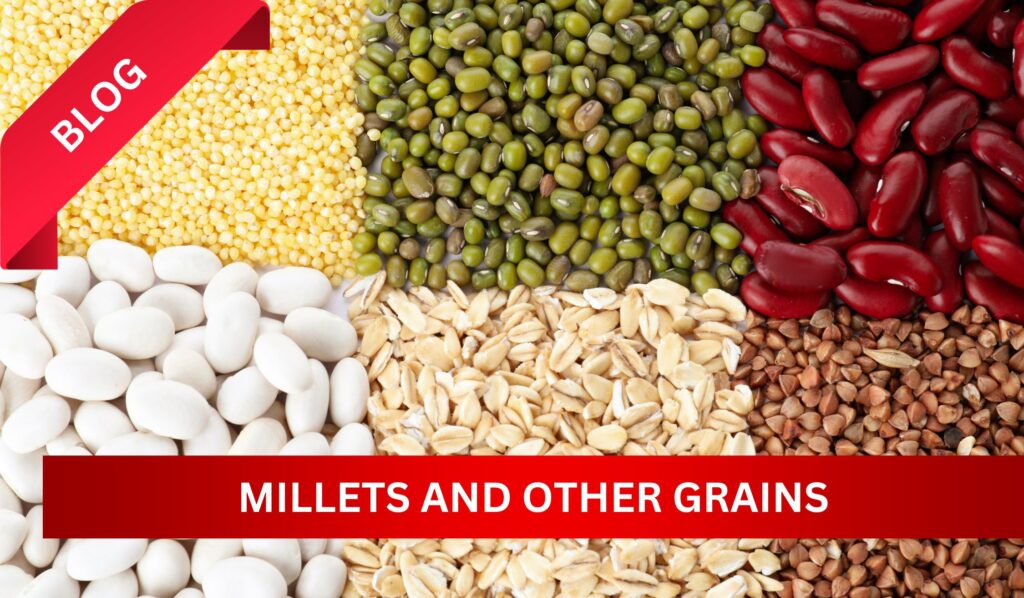When it comes to choosing grains for a healthy and balanced diet, it’s essential to consider their nutritional content. While rice and wheat have long been staple grains, there is a growing interest in alternative grains like millets due to their exceptional nutritional value. In this blog post, we will compare the nutrient content of millets with other grains, highlighting why millets stand out as a nutritional powerhouse.
Millets: A Diverse Group of Supergrains
Before diving into the nutritional comparison, let’s understand what millets are. Millets are a group of small-seeded grains that have been cultivated for centuries in various parts of the world. Some popular millet varieties include finger millet (ragi), foxtail millet, pearl millet (bajra), barnyard millet, and little millet, among others.
Protein Powerhouse:
Millets are a remarkable source of plant-based protein. When compared to other grains like rice and wheat, millets boast a higher protein content, making them an excellent choice for vegetarians and vegans looking to boost their protein intake.
Fiber-Rich Goodness:
Fiber is crucial for digestive health, weight management, and regulating blood sugar levels. Millets are abundant in dietary fiber, particularly when compared to refined grains like white rice. The high fiber content in millets aids in digestion, prevents constipation, and supports overall gut health.
Essential Nutrients:
Millets are packed with essential vitamins and minerals that play a vital role in maintaining good health. Let’s take a closer look at some key nutrients found in millets:
- Magnesium: Millets are an exceptional source of magnesium, an essential mineral that supports muscle and nerve function, promotes heart health, and regulates blood pressure.
- Phosphorus: Millets are rich in phosphorus, which is essential for bone health, energy production, and maintaining healthy cells and tissues.
- Iron: Iron is crucial for the production of red blood cells and the transportation of oxygen throughout the body. Millets provide a good amount of iron, making them a valuable addition to a balanced diet.
- B Vitamins: Millets are a rich source of various B vitamins, including thiamine (B1), riboflavin (B2), niacin (B3), and folate (B9). These vitamins play key roles in energy metabolism, nerve function, and DNA synthesis.
Low Glycemic Index:
The glycemic index (GI) measures how quickly carbohydrates in food raise blood sugar levels. Foods with a high GI cause rapid spikes in blood sugar, while low GI foods provide a more gradual and sustained energy release. Millets have a lower GI compared to refined grains, making them an excellent choice for individuals looking to manage blood sugar levels or those with diabetes.
Versatility in Culinary Applications:
Millets’ diverse flavors and textures make them a versatile ingredient in the kitchen. They can be used in a variety of dishes, including porridges, pilafs, salads, upma, and even baked goods. Incorporating millets into your diet can add variety and nutritional value to your meals.
Conclusion:
When comparing the nutrient content of millets with other grains, it becomes evident that millets are a nutritional powerhouse. Their high protein, fiber, and essential nutrient content, coupled with a lower glycemic index, make them a superior choice for a balanced and wholesome diet. Embrace the goodness of millets in your meals and unlock the potential of these supergrains to support your overall health and well-being. Whether you’re seeking better nutrition, managing blood sugar levels, or simply looking to expand your culinary horizons, millets are here to enrich your dietary journey.

